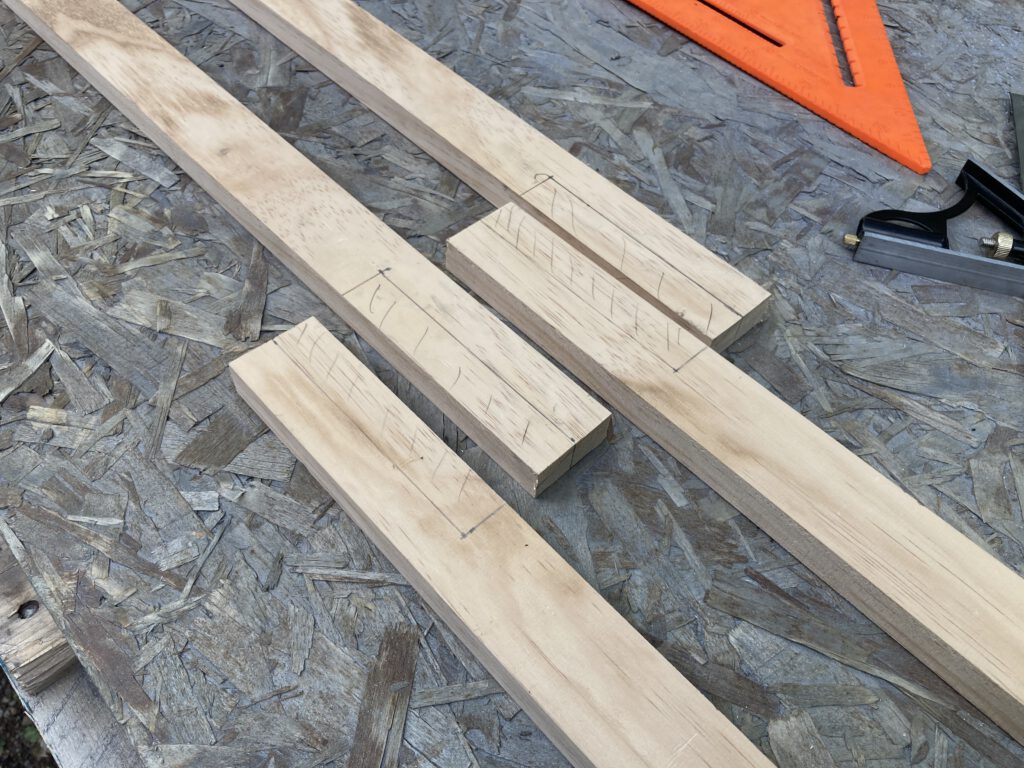After canoeing around for a couple seasons, I’ve gotten pretty good at piloting my little boat with a standard canoe paddle. However, the designer of my single-man canoe highly recommends a double-ended canoe paddle. I decided I might as well give this a try.
I tried a kayak paddle once or twice. It never quite felt right. I think it just wasn’t long enough. My canoe, at 11.5 feet long and 27 inches wide, is not much bigger than a kayak, but it is a different shape. So I think it deserved a paddle decidedly built for this canoe in mind.
Design
Most kayak paddles are up to 7 feet long, from end to end. Because in a canoe I have to reach over the sides that are a bit higher and wider than the rounded sides of a kayak, a longer shaft seems justified. I decided on 9.5 feet, which incidentally is just shy of the length of the opening between deck plates on my boat. This paddle will easily stow inside the boat during transit and storage.
Other than the length, I didn’t have any particular design goals in mind, so I modeled the paddles themselves off of another canoe paddle I like.
I consulted with an avid kayaker about the overall design of a double-ended paddle and specifically about feathering. I decided to introduce a 45 degree twist in my shaft to feather the blades. My consultant explained right-handed and left-handed feathering. Since this paddle is something of an experiment—and will be my first real introduction to double-ended paddling—I decided to give myself as much flexibility by making the paddle symmetrical. If I don’t like the direction of the feathering, I can just flip the paddle end for end and have the feathering in the opposite direction.
Materials
My choice of materials was basically driven by what was available. I have been told that spruce makes an excellent shaft for a paddle. However, high quality pine was much easier to find and almost as light. For the blades, I used some cedar pieces that were left over from my canoe construction.
Construction













Leave a Reply